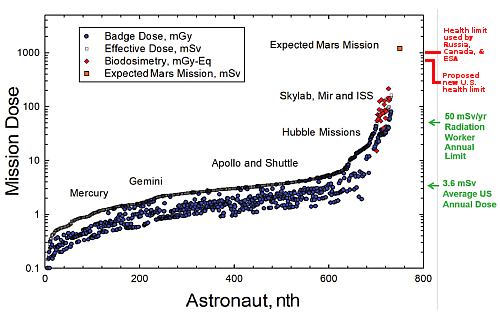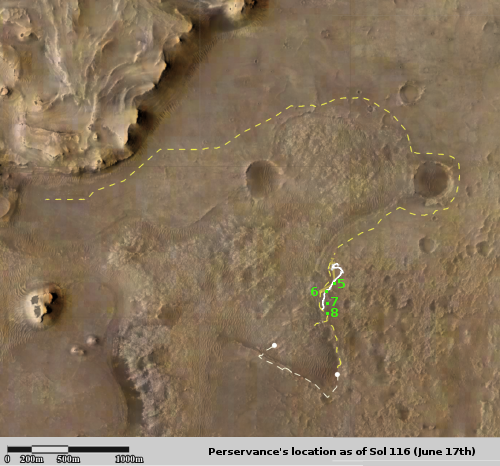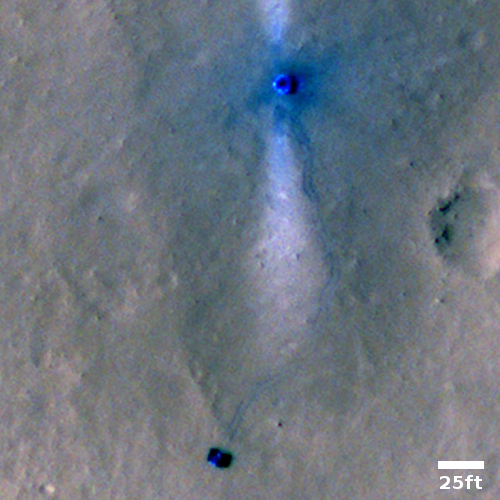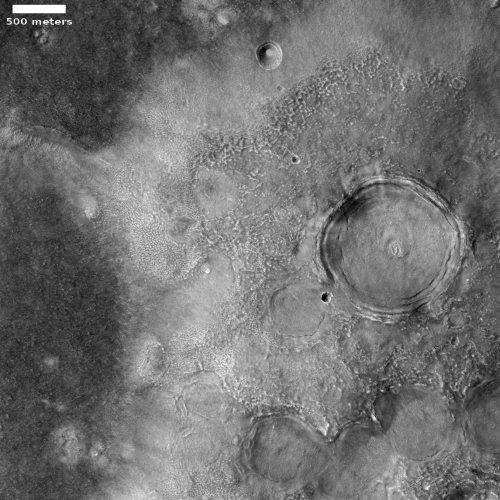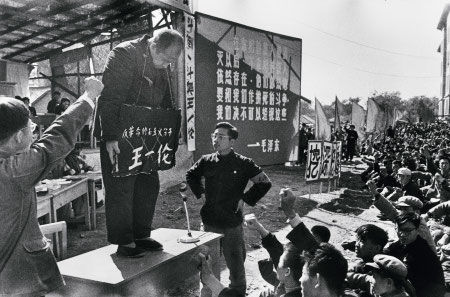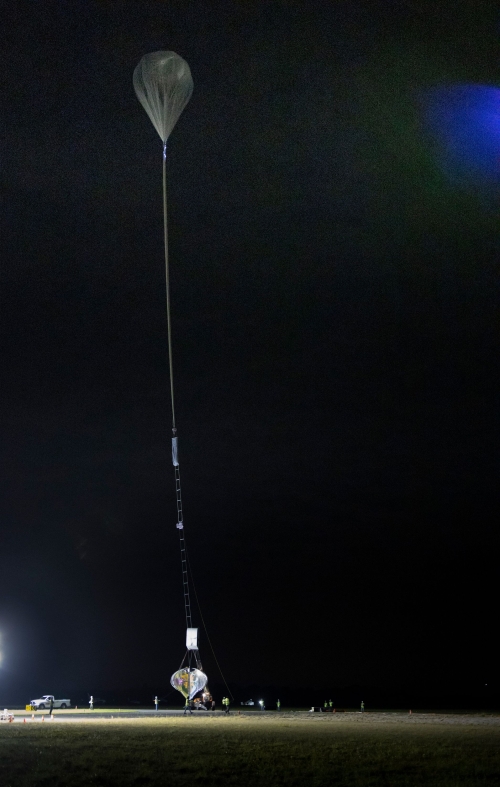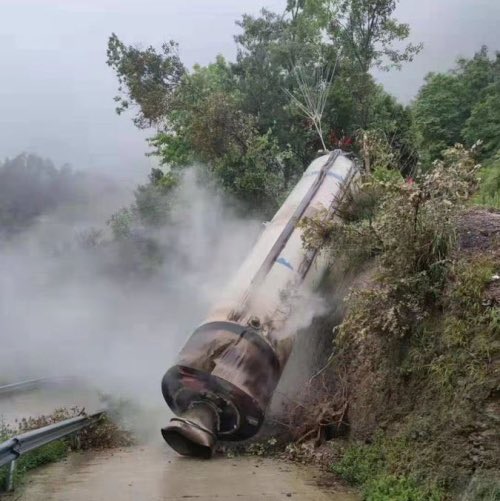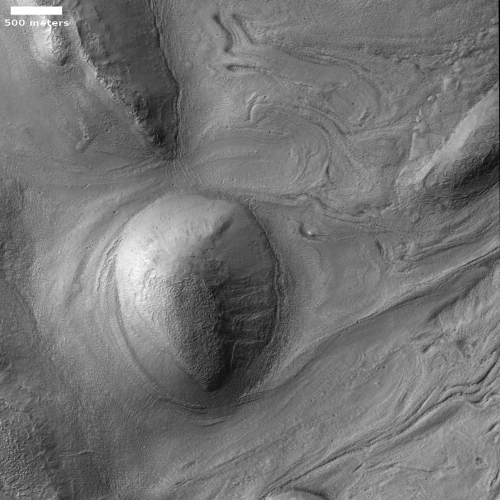2,000 nearby stars found that see the Earth cross in front of the Sun
Astronomers have identified 2,134 nearby stars that at some point in the past, present, or future are properly positioned along the solar system’s ecliptic so that the Earth can be seen transiting in front of the Sun.
From their paper’s abstract:
[W]e report that 1,715 stars within 100 parsecs from the Sun are in the right position to have spotted life on a transiting Earth since early human civilization (about 5,000 years ago), with an additional 319 stars entering this special vantage point in the next 5,000 years. Among these stars are seven known exoplanet hosts, including Ross-128, which saw Earth transit the Sun in the past, and Teegarden’s Star and Trappist-1, which will start to see it in 29 and 1,642 years, respectively. We found that human-made radio waves have already swept over 75 of the closest stars on our list. [emphasis mine]
I like the detail highlighted. Of the stars that could definitely identify the Earth by transits, 75 are also now close enough to have also heard our radio broadcasts. Should any of those stars also have a sufficiently advanced alien civilization, they could know of our existence. These same stars in turn make for very good targets of study for us to see if there is alien life there.
Astronomers have identified 2,134 nearby stars that at some point in the past, present, or future are properly positioned along the solar system’s ecliptic so that the Earth can be seen transiting in front of the Sun.
From their paper’s abstract:
[W]e report that 1,715 stars within 100 parsecs from the Sun are in the right position to have spotted life on a transiting Earth since early human civilization (about 5,000 years ago), with an additional 319 stars entering this special vantage point in the next 5,000 years. Among these stars are seven known exoplanet hosts, including Ross-128, which saw Earth transit the Sun in the past, and Teegarden’s Star and Trappist-1, which will start to see it in 29 and 1,642 years, respectively. We found that human-made radio waves have already swept over 75 of the closest stars on our list. [emphasis mine]
I like the detail highlighted. Of the stars that could definitely identify the Earth by transits, 75 are also now close enough to have also heard our radio broadcasts. Should any of those stars also have a sufficiently advanced alien civilization, they could know of our existence. These same stars in turn make for very good targets of study for us to see if there is alien life there.


